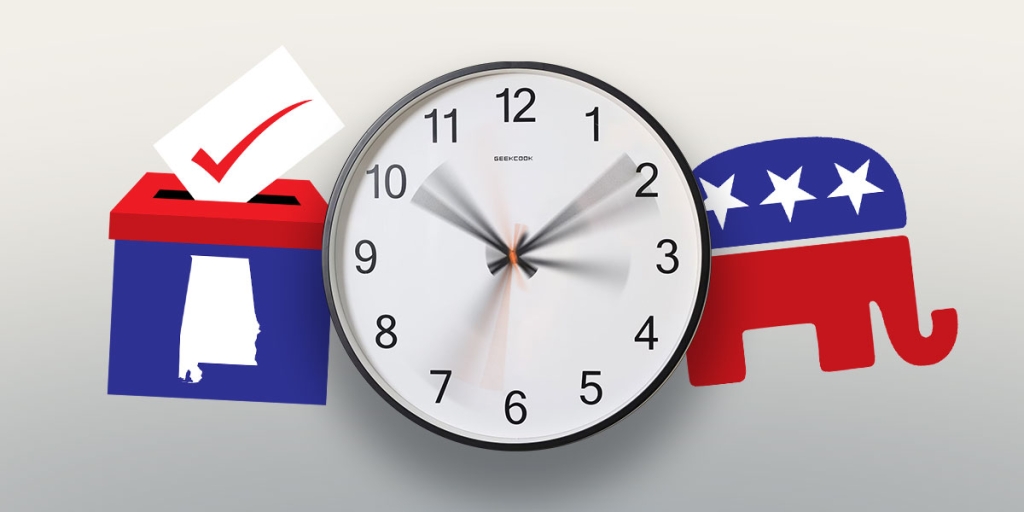Vice President Harris’ campaign has proposed $25,000 in government downpayment assistance to help Americans afford homes. Many economists, however, have criticized this. Why might government cash not help families buy homes?
Housing has certainly become less affordable. The National Association of Realtors’ affordability index hit an all-time low in 2022 and got worse in 2023. The index evaluates whether a median family income can afford the median priced home. While high mortgage interest rates have reduced affordability, the Case-Schiller home price index is also at an all-time high. Affordability differs greatly across the U.S., being worst in California, and affects the rental market as well.
Assessing the downpayment assistance draws on textbook supply and demand. The downpayment subsidy increase demand for home ownership. An increase in demand generally increases the price and quantity of a good.
The size of the price and quantity increases depends on the shape of the demand and supply curves, or their elasticities. With extremely inelastic supply – a vertical supply curve – the price increases, not the quantity.
Analysis suggests that housing supply in the highest priced markets is very inelastic due to government land use policies restricting construction. The policies include zoning laws, environmental reviews, and historical preservation laws. Each requires permission for new construction. As Harvard economist Edward Glaser puts it, “In some areas it feels like every neighbor has veto power over every project.”
Professor Michael Heller in The Gridlock Economy explains how multiple vetoes create an anti-commons problem, the inverse of the commons problem responsible for harms like overfishing and deforestation. Persons adversely impacted by new building – even indirectly through greater traffic congestion or longer waits for tables at restaurants – and do not share the profits will veto new construction.
The result is Not in My Back Yard (NIMBY) syndrome. NIMBYism increases the value of existing homes and apartments, giving current residents, who elect local officials, a financial interest in blocking construction. Those unable to afford housing never move to the community or vote in local elections. Overcoming entrenched NIMBYism is extremely difficult.
How do we know government policy as opposed to a lack of available land restricts supply? Economists Chang-Tai Hsieh and Enrico Moretti examined the impact of land, land use regulations, and other factors controls across the U.S. They identified land use rules as the major culprit.
The economic cost of housing unaffordability is enormous. Americans cannot move to where they can work most productively. Professors Hsieh and Moretti estimate that U.S. economic growth between 1964 and 2009 would have been 36 percent higher without building regulations.
Interpreting a reduction in growth requires care. The results suggest that when growth was three percent in a year, it could have been four percent. Even small reductions in growth, however, add up. Real per capita GDP, which grew 140 percent between 1964 and 2009, could have been 20 percent higher.
Progressive economic “solutions” like government affordable housing mandates worsen the shortage. Affordability mandates require leasing a specified percentage of new units to qualifying individuals at below market rates. Requiring some units to be almost given away increases rents on the remaining units to pay for the development.
Any building reduces rents for existing units. Even if the new apartment complex is the fanciest, most expensive in town, rents for other units fall, starting with the prior nicest complex.
We need to increase housing supply, but the Federal government can do little here. State and local laws and regulations block construction. The most Washington can probably do is reward cities and states for deregulating.
Meaningful reform must eliminate the multiple rules empowering third parties to block construction. Professor Heller’s research suggests vesting all approval powers in one board should reduce gridlock and facilitate accountability for decisions.
Prosperity depends on secure property rights. NIMBYism and housing unaffordability result from attenuating property rights. Freeing property owners to respond to housing market price signals will increase supply more effectively than handing out tax dollars.
Daniel Sutter is the Charles G. Koch Professor of Economics with the Manuel H. Johnson Center for Political Economy at Troy University and host of Econversations on TrojanVision. The opinions expressed in this column are the author’s and do not necessarily reflect the views of Troy University.













